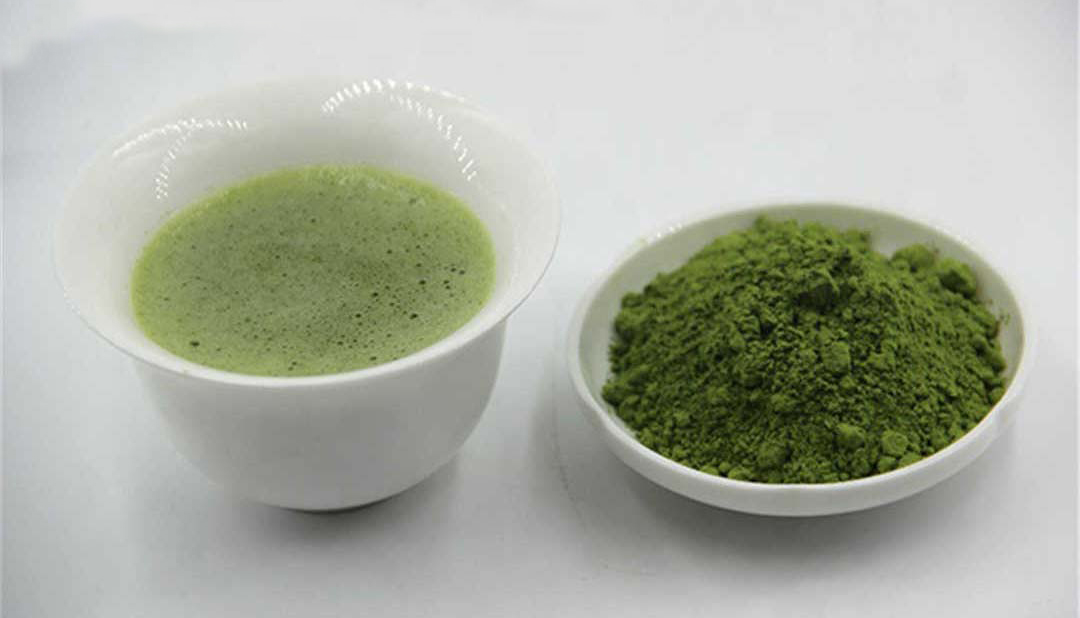Special Design for Matcha Green Tea Bags Benefits - MATCHA – Yibin Tea Industry
Special Design for Matcha Green Tea Bags Benefits - MATCHA – Yibin Tea Industry Detail:
|
Product name |
Green tea |
|
Tea series |
Matcha |
|
Origin |
Sichuan Province, China |
|
Appearance |
Bright green and powder |
|
AROMA |
fresh and lasting |
|
Taste |
fresh |
|
Packing |
25g, 100g, 125g, 200g, 250g, 500g, 1000g, 5000g for paper box or tin |
|
1KG,5KG,20KG,40KG for wooden case |
|
|
30KG,40KG,50KG for plastic bag or gunny bag |
|
|
Any other packaging as customer’s requirements are OK |
|
| MOQ |
100KG |
| Manufactures |
YIBIN SHUANGXING TEA INDUSTRY CO.,LTD |
| Storage |
Keep in dry and cool place for long-term storage |
|
Market |
Africa, Europe, Middle East, Middle Asia |
|
Certificate |
Quality certificate, Phytosanitary certificate,ISO,QS,CIQ,HALAL and others as requirements |
|
Sample |
Free sample |
|
Delivery time |
20-35 days after order details confirmed |
|
Fob port |
YIBIN/CHONGQING |
|
Payment terms |
T/T |
Product introduction
Matcha, also known as ground tea, originated in the Wei and Jin dynasties of China. It is a practice of collecting tender leaves in spring, steaming them to the green, and then making them into cake tea (or ball tea) and keeping them. Borneo (Brunei) is kept with the tea when it is eaten, the tea is first baked on the fire and dried, then ground into powder with a natural stone mill, then poured into the tea bowl and rushed into the boiling water, and the tea is fully stirred in the bowl with the tea tape, making it foam.
Since ancient times, scholars and calligraphers have left a large number of poems about matcha. “The blue clouds cause the wind to blow constantly, and the white flowers float in the light and set the noodles in the bowl” is the praise of matcha by the poet Lu Tong of the Tang Dynasty.
The development of
The three stages of Chinese matcha development:
1. Misty origin stage, used as medicinal materials. In the book “Shennong’s Herbal Classic”, it is pointed out that “Shennong tasted hundreds of herbs, encountered seventy-two poisons every day, and was cured by tea”. In about 2700 BC, Shennong chewed and swallowed tea leaves, which was the first step for humans to eat tea, and he is known as the “founder of matcha”.
2. In the slow development stage, during the Jin Dynasty, people invented steaming green loose tea (ground tea), and also reviewed the method of evaluating the color and fragrance of tea, and it became an indispensable daily beverage for people. The Book of Tea records: “… 1. To steam it, it was a handful of rice, either cooked or not. The kettle is dried in steamer, and the grain branches are made of Sanya, and the steam tooth bamboo shoots and leaves are scattered, and the paste is afraid of flowing.” In the Song Dynasty, it developed into a tea banquet. Cai Xiang, the most famous tea expert and great literary master at that time, commented on the tea drinking method of matcha in his Tea Record: beat the ball of tea into small pieces, then grind it into fine powder, sift out the tea powder, put two coins of tea powder into the hot tea cup, and pour boiling water into it to taste the color, aroma and taste of the soup flower, which is the best. Since the Ming Dynasty, matcha is no longer popular, but tea leaves, brewing and drinking soup, discard tea leaves. Qing dynasty RuDui and said in the interpretation of the words, the ancient tea will be a little bit, its 硙 tea (tea) for pinch of tea, will choose one proper fruit snacks, of dim sum, of some tea.
3. Accelerated rise stage, along with the development of tea planting, shading technology and breeding technology, provides better raw materials for matcha; The progress of steaming green equipment, and promote the quality of matcha has been greatly improved; The development of ultrafine powder grinding technology has greatly increased the production speed and reduced the cost. Matcha, an ancient luxury, was introduced to the general public. At the same time, with the rapid advancement of industrialization and urbanization, environmental and health problems have become increasingly prominent, and the threat of chronic diseases to people’s health has become increasingly serious. The public has more and more demands for nutrition and health, which promotes the rapid development of natural nutrition and health products such as matcha.
Tea cultivation
Matcha is a small, unrolled tea that is made with two key words: covered and steamed green. Spring tea 20 days before picking must build a scaffold, covered with reed curtain and straw curtain, shading rate of more than 98%, there are also simple cover, covered with black plastic gauze, shading rate can only reach 70 ~ 85%. The experiment proved that the effect of shading tea with different materials and colors is different.
Japanese scholar Yoko Takei’s research shows that: “Covering shading changes the light intensity, light quality, temperature and other environmental factors, thus affecting the formation of tea aroma quality. The open-air tea does not contain B-sandalanol, and the contents of other aroma components are significantly lower than that of shaded tea, except for the higher content of lower aliphatic compounds. The chlorophyll and amino acids of covered green tea increased obviously, the carotenoids were 1.5 times of that of open air culture, the total amino acids were 1.4 times of that of natural light culture, and the chlorophyll was 1.6 times of that of natural light culture.
Tea processing
Picking the fresh tea leaves on the same day drying, using steam method. Studies have shown that in the process of stewing, oxides such as cis-3-hexenol, cis-3-hexenoacetate and linalool increase greatly, and produce A large number of purple ketones such as a-violet and b-violet ketone. The precursor of these aroma components is carotenoids, which constitute the special aroma and taste of Matcha. Therefore, the tea covered with cultivated green tea and steam-cured tea not only has a special aroma, a bright green color, but also tastes more delicious.
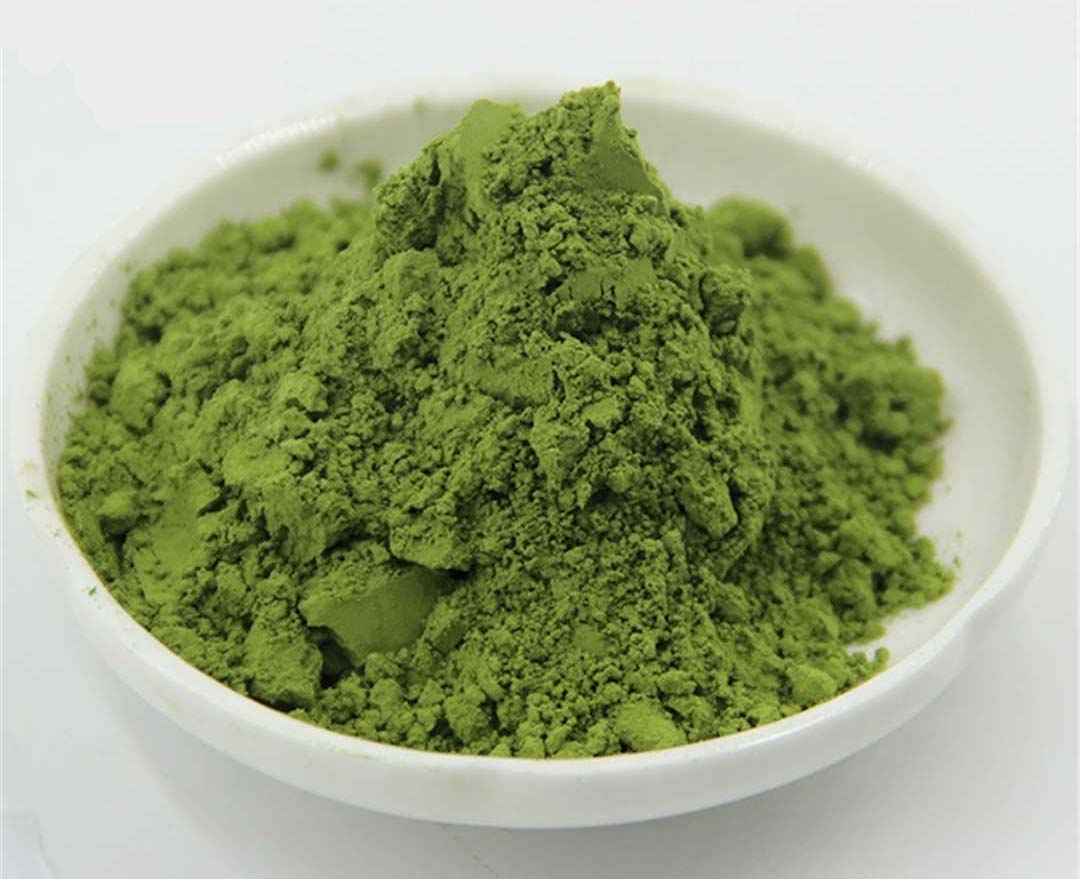
composition
Matcha (Matcha) contains rich nutrients necessary to human body and trace elements, the main ingredients of tea polyphenols, caffeine and free amino acid, chlorophyll, protein, aromatic substances, cellulose, vitamin C, vitamin A, B1, B2, B3, B5, B6, E, K, H, etc., trace elements of potassium, calcium, magnesium, iron, sodium, zinc, selenium, fluorine nearly 30 kinds. Nutrients of Matcha (100g) :
Protein 6.64g (muscle and bone building nutrients)
Sugar 23.67g (energy for maintaining body and physical activity)
Food fiber 55.08g (help to discharge harmful substances in the body, prevent constipation and lifestyle diseases)
Fat 2.94g (active energy source)
Tea polyphenols 12090μg (closely related to eye health and beauty)
Vitamin A2016μg (Beauty, Skin)
Vitamin B 1 0.2mg (energy metabolism. Energy source of the brain and nerves)
Vitamin B 21.5 mg (for cell regeneration)
Vitamin C30mg (indispensable component of collagen production, related to skin health, whitening, etc.)
Vitamin K1350μg (to help stabilize bone calcium, prevent osteoporosis, regulate blood balance)
Vitamin E19mg (antioxidant, anti-aging, known as the rejuvenating vitamin)
Folic acid 119μg (prevent abnormal cell replication, inhibit the growth of cancer cells, is also an indispensable nutrient for pregnant women)
Pantothenic acid 0.9mg (for healthy skin and mucous membranes)
Calcium 840mg (to prevent osteoporosis)
Iron 18mg (blood production, maintenance, especially women should be as much as possible intake)
Sodium 8.32mg (helps maintain the balance of fluid on the inside and outside of the cell)
Potassium 727mg (to keep nerves and muscles working properly and to remove excess salt from the body)
Magnesium 145mg (deficiency of magnesium can cause circulator problems)
Zinc 1.5mg (maintenance of healthy skin and hair)
SOD activity 1260000Unit (Antioxidant, prevent cell oxidation = prevent aging)
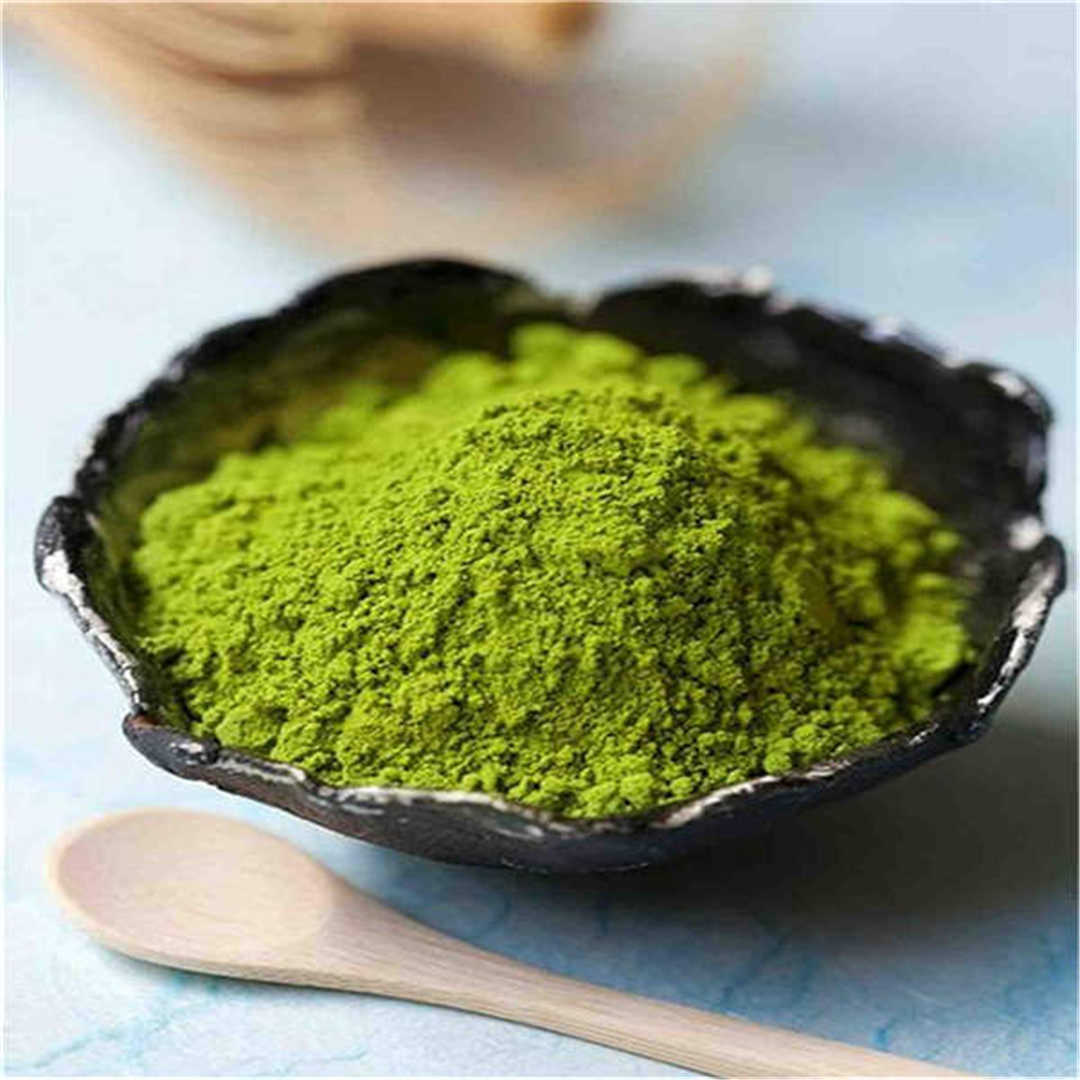
drinking
Matcha is usually drunk in the style of the tea ceremony, which involves following a complex set of rules.
The basic method is to first put a small amount of matcha in the tea bowl, add a small amount of warm water (not boiling), and then stir well (traditionally use the tea whisk).
In the tea ceremony, “strong tea” uses 4 grams of matcha and 60CC of boiling water, which is somewhat mushy. For “thin tea” use 2 grams of matcha, add 60CC of boiling water. You can use the tea tape to brush a thick foam, very beautiful, refreshing.
In the current fast-paced society, there are few people who go to drink the tea in the tea chasen, and matcha is more used to make various exquisite food. The green matcha food becomes the green flowers on the table, which is popular and enjoyed by people.
Maccha nutrition
In recent decades, people’s understanding of tea has been greatly deepened, and the material nature of the function of tea has also been deeply understood. In modern times when the toxic and side effects of antibiotics and growth hormone are increasingly questioned, tea polyphenols have been more and more widely used in people’s dietary life with their unique biological functions and “green” nature.
Although ordinary tea contains a high level of nutrients, only 35% of the tea leaves actually dissolve in water, and a large amount of the insoluble active ingredients are thrown away as tea leaves. Experiments have shown that eating tea is more nutritious than drinking it. A bowl of matcha contains more nutrients than 30 cups of regular green tea, so almost every teacher of the Japanese tea ceremony lives to a ripe old age. Changing from drinking tea to eating tea is not only a reform of eating habits, but also a need to adapt to the fast pace of modern life.
China matcha
Matcha was originally produced in China and later thrived in Japan. For many years, restricted by seasons and regions, the tea market has been unable to develop and expand [3]. The consumption of Chinese tea market has also been in a weak state. The external environment has led to rising costs and increased competition. Some internal negative events have also affected consumer confidence in the market. Under such circumstances, some tea producers turn to new development paths in order to seek breakthroughs. As a kind of tea with high nutritional value, rich cultural implication and the role of serving as a variety of food ingredients, matcha has been sought after by some tea producers
Product detail pictures:
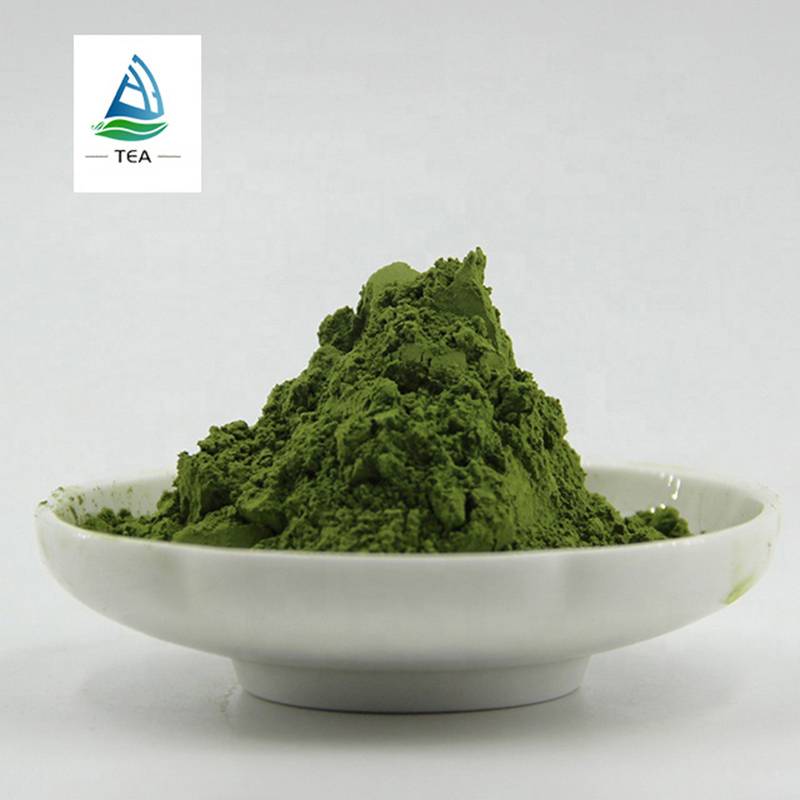

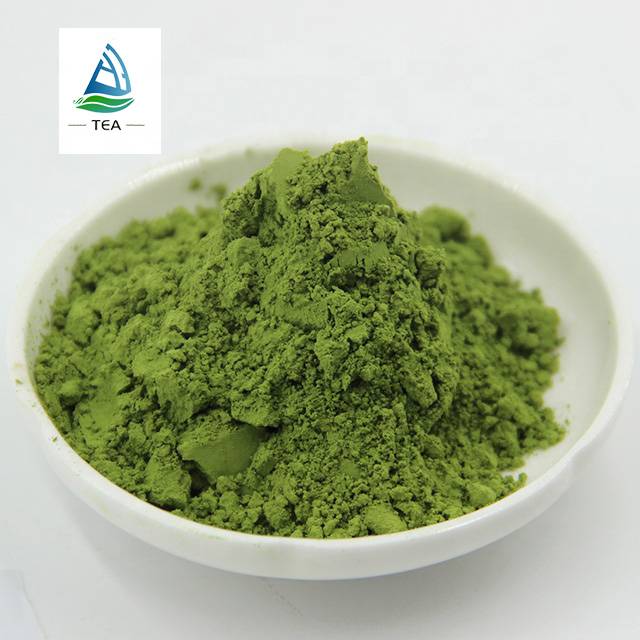

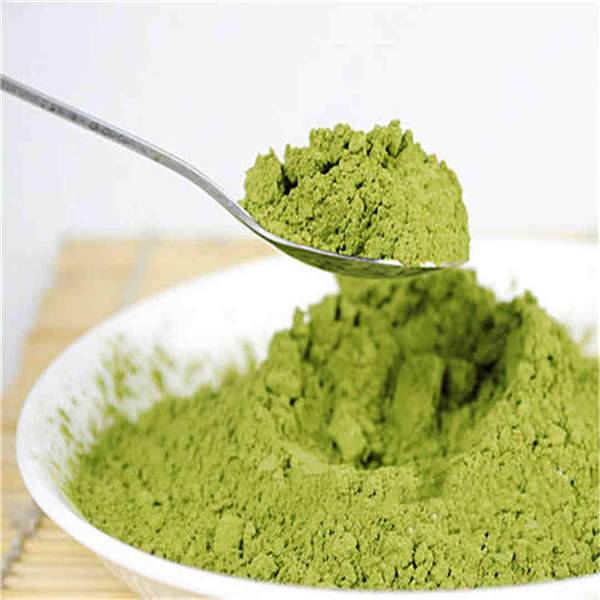
Related Product Guide:
Dedicated to strict quality control and thoughtful customer service, our experienced staff members are always available to discuss your requirements and ensure full customer satisfaction for Special Design for Matcha Green Tea Bags Benefits - MATCHA – Yibin Tea Industry , The product will supply to all over the world, such as: Detroit, Sao Paulo, Angola, Ensuring high product quality by choosing the best suppliers, now we have also implemented complete quality control processes throughout our sourcing procedures. Meanwhile, our access to a large range of factories, coupled with our excellent management, also ensures that we can quickly fill your requirements at the best prices, regardless the order size.
We have been looking for a professional and responsible supplier, and now we find it.

